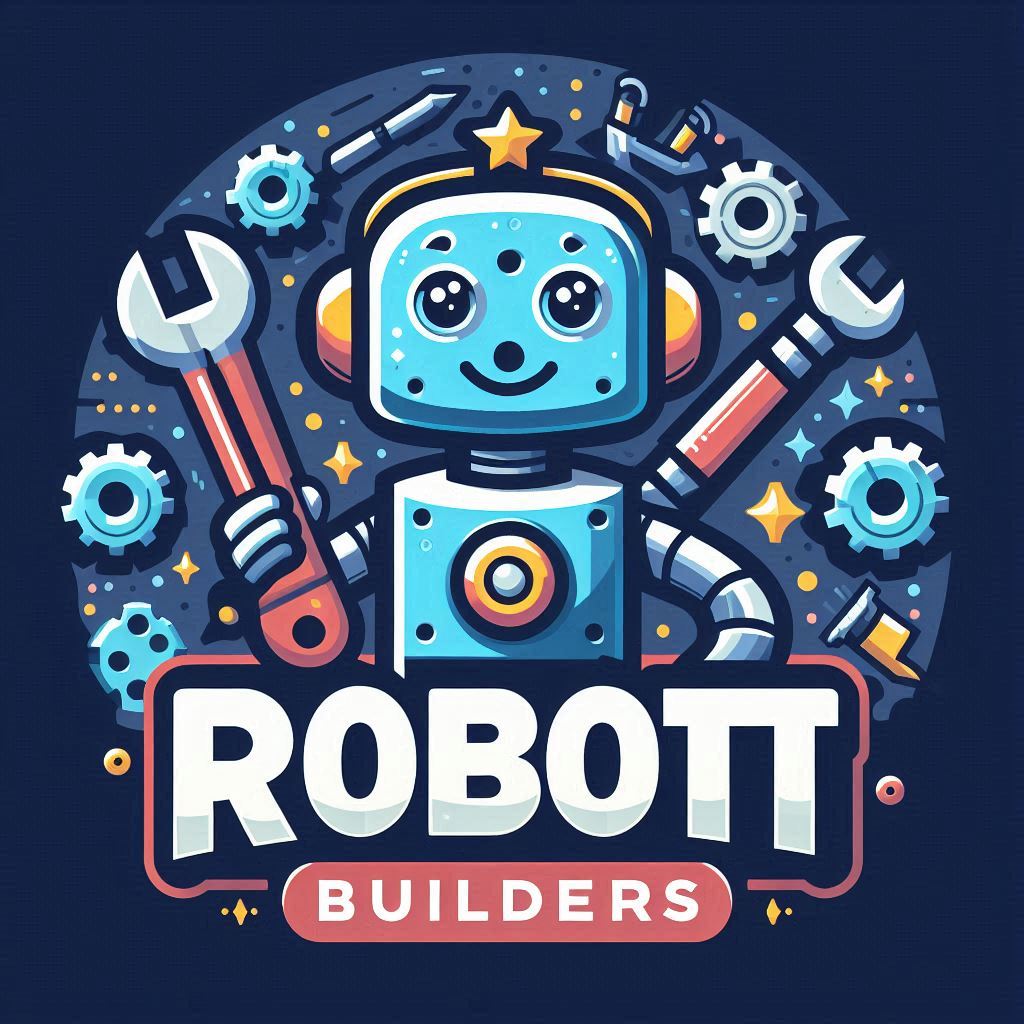Building a robot is a rewarding journey that combines creativity, engineering, and programming. However, even experienced builders can encounter pitfalls along the way. Identifying common mistakes can help you avoid unnecessary setbacks and ensure a smoother process. Here’s a guide to help you sidestep common errors while maintaining an SEO-friendly format.

1. Skipping the Planning Stage
One of the biggest mistakes is jumping straight into building without proper planning. This can lead to mismatched components, design flaws, and functionality issues.
- Solution: Start by defining the purpose of your robot and sketching a detailed blueprint. List all the components and their specifications.
2. Choosing Incompatible Components
Selecting parts that don’t work well together is a common error, especially with motors, sensors, and microcontrollers.
- Solution: Research component compatibility and read datasheets thoroughly. Verify power requirements, connections, and protocols before purchasing.
3. Ignoring Power Management
Overlooking power requirements can result in a robot that’s underpowered or inefficient.
- Solution: Calculate your robot’s total power consumption and choose the right battery or power source. Ensure proper voltage regulation to avoid damaging sensitive components.
4. Neglecting Sensor Placement
Improperly placing sensors can affect the robot’s ability to interact with its environment.
- Solution: Test and adjust sensor placement to optimize accuracy and functionality. For example, ultrasonic sensors should face open spaces without obstructions.
5. Overcomplicating the Design
Adding too many features can make your robot unnecessarily complex and harder to debug.
- Solution: Start simple and focus on perfecting basic functions. Gradually introduce advanced features once the core system is stable.
6. Poor Cable Management
Messy wiring can lead to electrical interference, short circuits, and difficulty in troubleshooting.
- Solution: Organize wires neatly using cable ties, labels, or color-coded wires. Avoid crossing power and data cables to minimize interference.
7. Overlooking Software Testing
Skipping thorough software testing can result in unexpected behaviors or bugs.
- Solution: Test each code module independently before integrating them. Use simulation tools to identify issues early on.
8. Neglecting Documentation
Failing to document your process can make future upgrades or repairs challenging.
- Solution: Keep detailed records of your design, code, and wiring diagrams. This will save you time and effort in the long run.
9. Underestimating Durability
Using fragile or subpar materials can lead to mechanical failures over time.
- Solution: Choose robust materials suited to your robot’s environment and tasks. Test for durability under realistic conditions.
10. Forgetting About Safety
Ignoring safety precautions can lead to accidents or damage to the robot.
- Solution: Implement safety measures like emergency stop buttons, fuses, and clear power cutoff mechanisms. Always handle electrical components with care.
SEO Tips for Sharing Robotics Content
To ensure your content about robotics reaches a broad audience:
- Use Targeted Keywords: Incorporate terms like “robot building mistakes,” “robot construction tips,” and “DIY robot guide.”
- Optimize Titles and Headings: Use engaging H1 tags such as “Top Mistakes to Avoid When Building a Robot.”
- Utilize Images: Add photos or diagrams with alt-text, like “robot wiring diagram” or “sensor placement guide.”
- Internal and External Links: Link to related articles, tutorials, or robotics forums for better search engine rankings.
Conclusion
Building a robot is a fascinating endeavor, but avoiding common mistakes is essential to success. From planning to execution, each step requires careful consideration. By learning from these common errors and adhering to best practices, you can create a robot that’s efficient, reliable, and a testament to your hard work.
